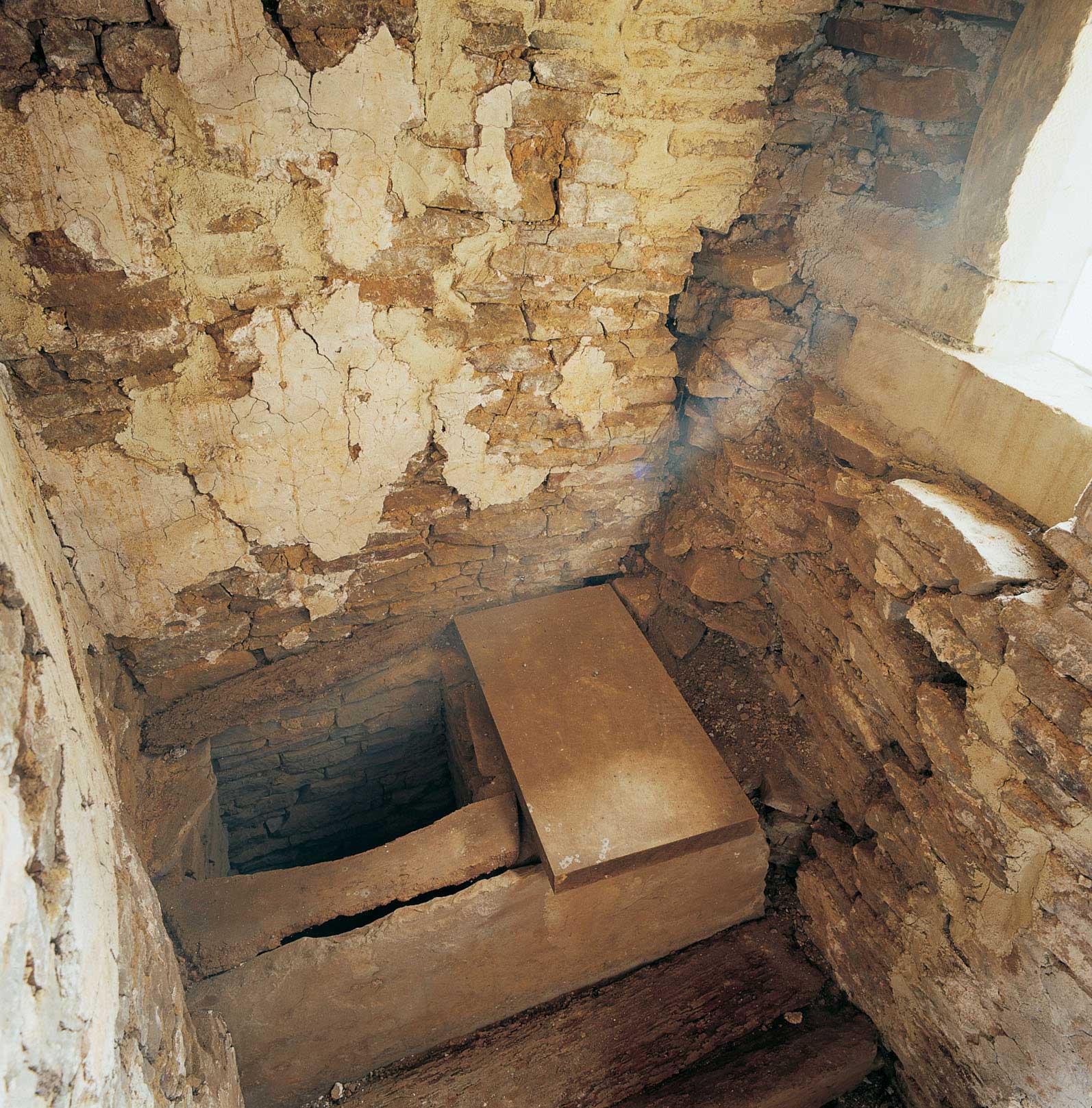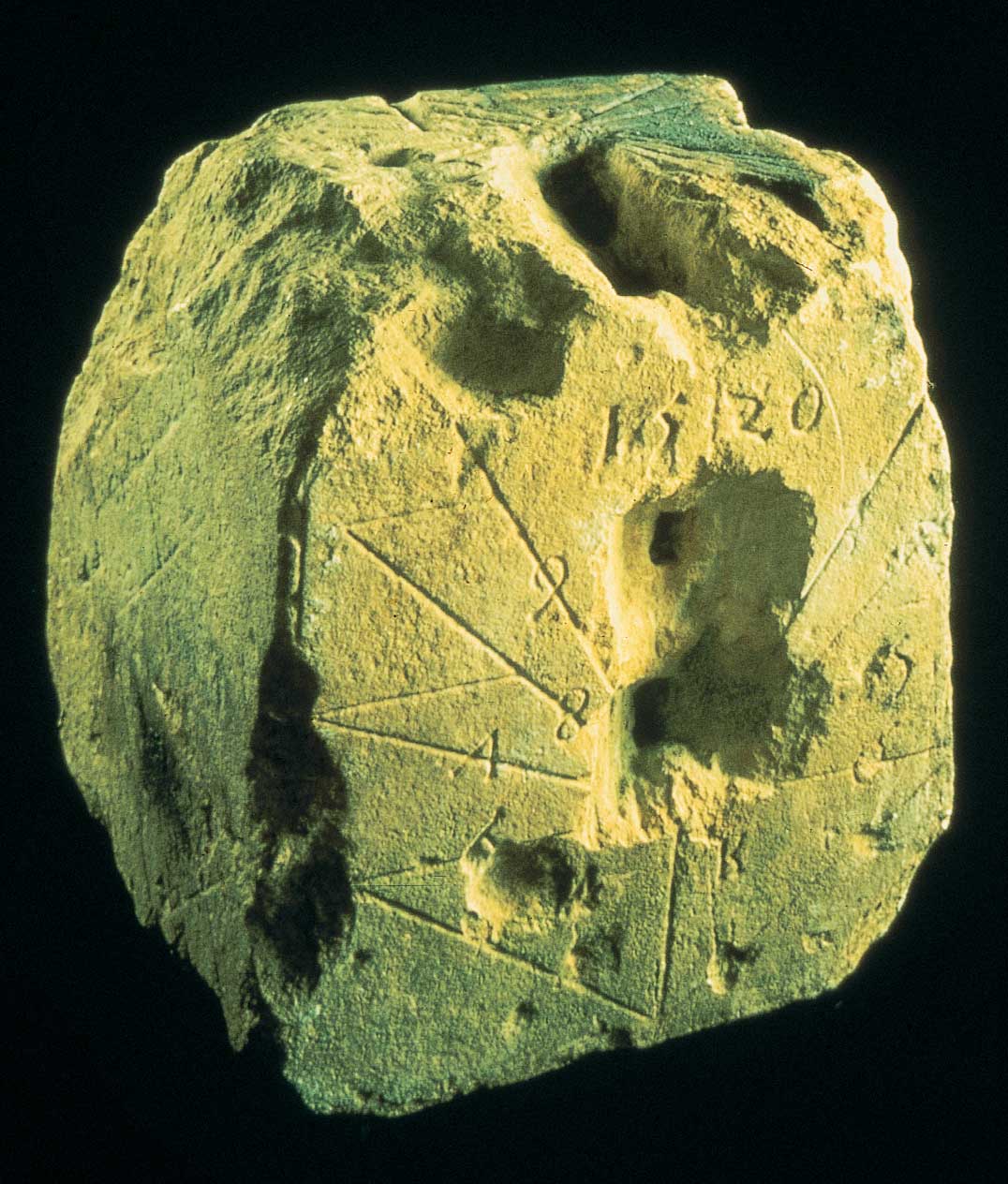HISTORY OF ACTON COURT
‘‘So the king,’ he says. ‘From Gloucester, he strikes out to Thornbury. Then Nicholas Poynz’s house at Iron Acton: does Poynz know what he’s letting himself in for?’’
Hilary Mantel, Wolf Hall
Sir Nicholas Poyntz
A Royal Progress
In 1535, one of England’s most colourful kings, Henry VIII, came to stay at Acton Court with his second wife, Anne Boleyn, while on his summer Progress around the West Country. The owner of Acton Court, Nicholas Poyntz, wanted to impress his sovereign, so for Henry’s pleasure, he built a magnificent new East Wing on to the existing moated manor house. The new wing was a splendid testament to Nicholas Poyntz’s loyalty to his King. He went to immense trouble and expense to impress Henry, decorating the state apartments lavishly and fashionably. He was well rewarded as it is thought he was knighted during the royal visit.
Today, the East Wing which was built in just nine months comprises most of what remains at Acton Court. It offers a rare example of 16th century royal state apartments and some decorations which are said to be the finest of their kind in England.
King Henry sat here
Also surviving, hidden in the masonry until it was discovered during conservation work in 1994, is the King’s “en suite” garderobe, or privy.
King Henry’s “en suite” garderobe or privy
Sir Nicholas went on building at Acton Court until his death in 1556. The surviving Eastern half of his long gallery can still be admired. It was a daring construction with large windows and a painted frieze of biblical text and moralising verses in Latin.
During archaeological excavations at Acton Court, there were many exciting finds, thought to be associated with King Henry’s visit. These included examples of the finest Venetian glass of its time, Spanish ceramics, and some of the earliest clay tobacco pipes yet discovered. Dating from the late 16th century, these support the view that Sir Walter Raleigh gave one of the first demonstrations in England of the technique of smoking during a visit to Acton Court.
One item of particular importance was found by chance in a nettle patch next to the building. It is a Cotswold limestone sundial designed by the royal horologist, Nicholas Kratzer, dated 1520.
Sundial designed by Nicholas Kratzer
A well kept secret
The Poyntz family owned Acton Court from 1364 until 1680 when the direct line of succession ended and the house was sold. It was subsequently reduced in size and converted for use as a tenant farmhouse. The building’s fortunes declined to the point of dilapidation in the 20th century. It is due in part to this neglect that Acton Court was left largely untouched and as a result a unique Tudor building has been preserved virtually intact.








